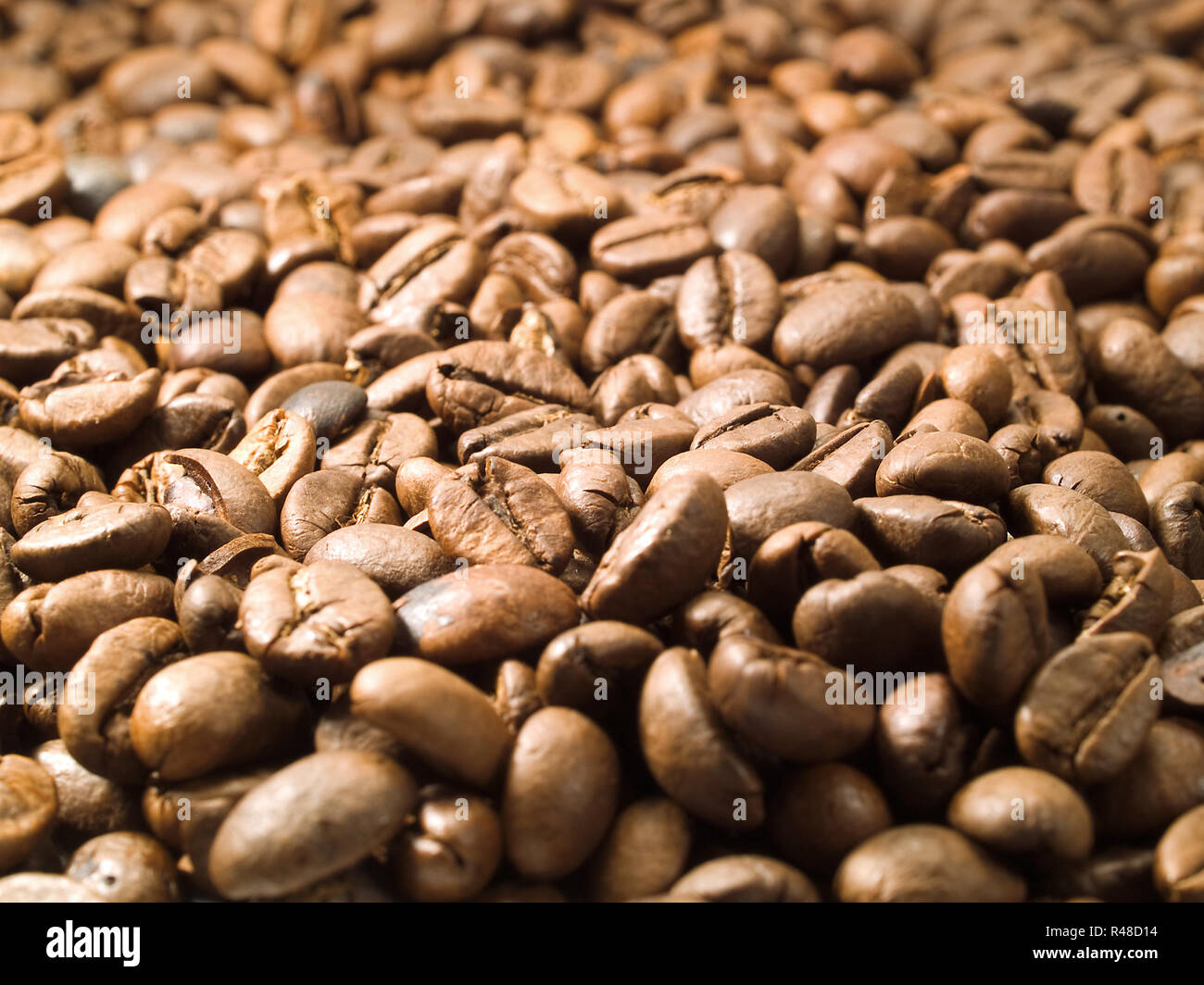The Science Of The Morning Brew|Java Chemistry Explained
For many of us, the morning starts as the rich, inviting aroma of coffee flowing through the kitchen. This prized beverage not only kick-starts our mornings but also ignites intriguing scientific discussions about its composition. From bean to brew, coffee is a rich mosaic of flavors and molecules that stimulate our palates. Understanding the chemistry behind your morning cup can deepen your understanding for this worldwide favorite and its myriad forms.
In this coffee blog, we will investigate the intriguing science of coffee, examining everything from the roasting to methods of brewing. With the latest coffee updates and developments, we’ll delve into how different elements influence the quality, aroma, and even health benefits of your brew. It doesn't matter if you're a professional barista or merely a coffee enthusiast, this journey will offer insights that elevate your coffee culture and enrich your morning routine. Accompany us as we embark on this scented journey through the realm of coffee science.
The Chemistry of Caffeine Components
The rich and enticing fragrance of coffee is the result of a sophisticated blend of aromatic compounds that are released during brewing. Among the most essential compounds are caffeinatic, chlorogenic compounds, lipids, and carbohydrates. Caffeine, a natural stimulant, is recognized for its ability to enhance vigilance and mood. CoffeeHype , on the contrary, are free radical-neutralizing compounds that contribute to the distinct flavor profile and are believed to offer various health benefits. Together, these compounds create the archetypal experience of enjoying a morning brew.
During the roasting process, the Maillard reaction plays a crucial role in developing the character of coffee. This organic reaction occurs when amino acids and sugars interact under heat, resulting in the formation of new aromatic compounds. As coffee beans are roasted, they undergo intricate transformations that produce numerous of different aroma and taste components. This process is what gives each type of coffee its unique characteristics, influencing everything from sugariness to acidity. Comprehending the Maillard reaction helps us value why different roasting levels can markedly change the nature of our beloved coffee.
Furthermore, the preparation method significantly influences the harvesting of these compounds. Factors such as water temperature, brew time, and grind size impact how flavors are extracted from the coffee grounds. For instance, a cafétière might extract oils and flavors differently than a pour-over or an espresso device. Each method can emphasize various notes such as tanginess or nutty richness, making the science of brewing an essential topic for any coffee content creation enthusiast. Exploring these dynamics reveals not just the craft of brewing but also the methodology behind what makes each cup of coffee so distinctive.
Brewing Techniques Styles as well as Their Impact
How coffee is brewed can profoundly affect the taste profile and aroma. Different brewing style pulls distinct compounds present in the coffee grounds, resulting in unique tasting notes and general experiences. For example, methods including espresso and French press stress the richness and body of the coffee, while pour-over techniques accentuate clarity and brightness. This range means that coffee enthusiasts have the opportunity to discover different flavors according to their selected brewing style, which makes it a vital aspect of coffee culture.
Moreover, the temperature and time of extraction play critical roles in dictating the final outcome of the brew. Higher temperatures typically extract more oils and acids, causing a bolder taste, whereas lower temperatures tend to yield a smoother cup. In addition to temperature, the coarseness of the grind of the coffee is equally important; smaller grinds increase extraction speed, which can result in a stronger flavor if managed correctly. Understanding these variables allows coffee lovers to adjust their brewing techniques to suit their personal preferences.
Finally, the water-to-coffee ratio is a key element that influences the strength and overall quality of the brew. A higher ratio of coffee to water generally creates a concentrated and intense flavor, while a lower ratio results in a milder cup. Different brewing methods may require specific ratios for best results; for example, a traditional Turkish coffee may need a stronger blend compared to a cold brew. Getting accustomed with these nuances not only enhance the home brewing experience and also nurtures a deeper appreciation for the intricate science behind every single cup of coffee.
Advantages of Coffee Drinking
This beverage is more than just a morning ritual; it is full of numerous health benefits that can boost your overall health. Research has indicated that moderate coffee consumption is connected to a reduced risk of various persistent health issues, such as type 2 diabetes, cardiovascular disease, and certain types of cancer. The antioxidants in coffee, such as chlorogenic acid, play a key role in protecting cells from damage and fostering better health outcomes.

Moreover, coffee can enhance your cognitive function and improve mood, thanks in part to its caffeine content. Studies reveal that caffeine can boost alertness, concentration, and even temporary memory. In addition to its stimulating effects, coffee may aid diminish the risk of neurodegenerative diseases like Alzheimer's and Parkinson's, making it a beneficial beverage for brain health as we age.
Finally, the health benefits of coffee reach past physical health; it can also contribute to social well-being. Enjoying a cup of coffee can be a enjoyable experience shared among friends, that fosters build connections and reduce stress. With its deep history and cultural significance, coffee remains a significant aspect of everyday life, making it more than a beverage, but an important part of our lives.